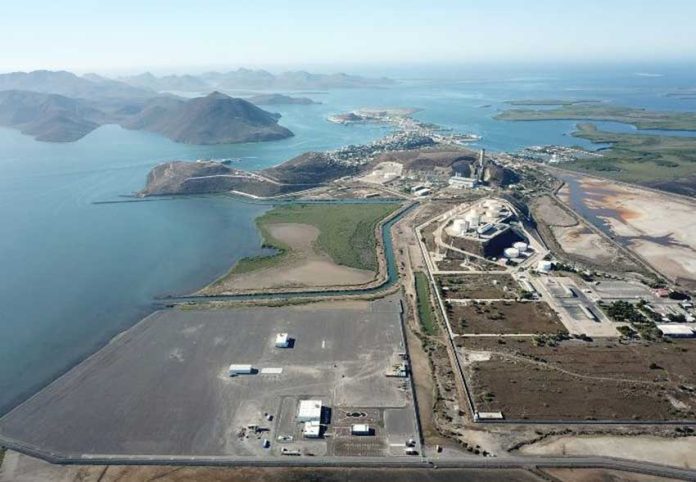A federal judge has ordered that construction of a US $5-billion fertilizer plant in Topolobampo, Sinaloa, must stop due to environmental concerns.
José Francisco Pérez Mier, chief judge at a federal court in Los Mochis, issued a definitive suspension order that was sought by representatives of the El Muellecito ejido (community land), who argued that the 202-hectare plant would cause irreparable damage to the ecosystem of the Santa María, Topolobampo and Ohuira lagoons.
Construction of the plant began in August last year just over a year after the federal Environmental Protection Agency (Profepa) reversed an earlier ruling to shut it down.
In its first stage, the plant was expected to produce 770,000 tonnes of ammonia and 700,000 tonnes of urea per year for state and national markets.
The investment was to come from the Swiss-German engineering, procurement and construction group Proman AG and its Mexican subsidiary, Gas y Petroquímica de Occidente.
The ejido representatives and others, including an organization called Citizen Vigilantes for Transparency in Sinaloa, opposed the plant on the grounds that it would discharge yet more contaminants into the lagoons that are already polluted by discharges from Pemex and Federal Electricity Commission (CFE) plants.
Last month, tourism operators in Topolobampo also expressed concern about the destruction of mangroves in the area where the fertilizer plant was being built and urged authorities to investigate.
In the ruling handed down yesterday, Pérez highlighted the biological and ecological importance of the three lagoons, which together form a wetlands system that has been declared a Ramsar site, a World Heritage Site and a UNESCO biosphere reserve.
Under no circumstance can an industrial development project be permitted to negatively impact on such an important ecosystem, the judge said.
Pérez pointed out that the operation of the plant would have extracted 2,000 cubic meters of water per hour from a popular shrimp breeding area, which had the potential to cause an annual loss of more than 500 tonnes of the crustacean.
Sea lions, bottlenose dolphins, sea turtles, crabs, fish and shrimp are among the marine wildlife that live permanently in the three coastal lagoons while at least 100,000 sea birds nest in the area.
Among the species that frequent the wetlands are the American oystercatcher, the snowy plover and the northern shoveler and northern pintail ducks.
